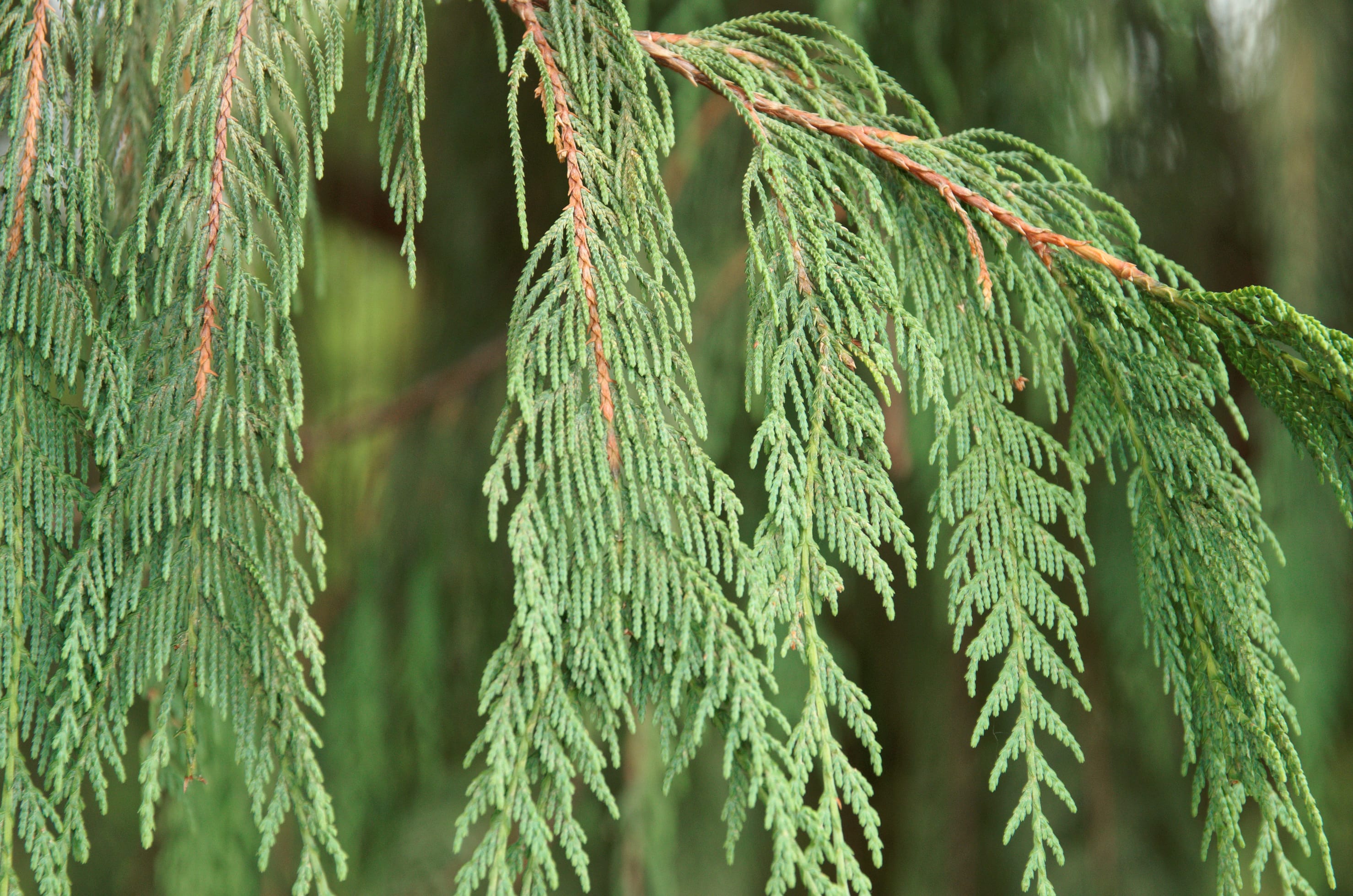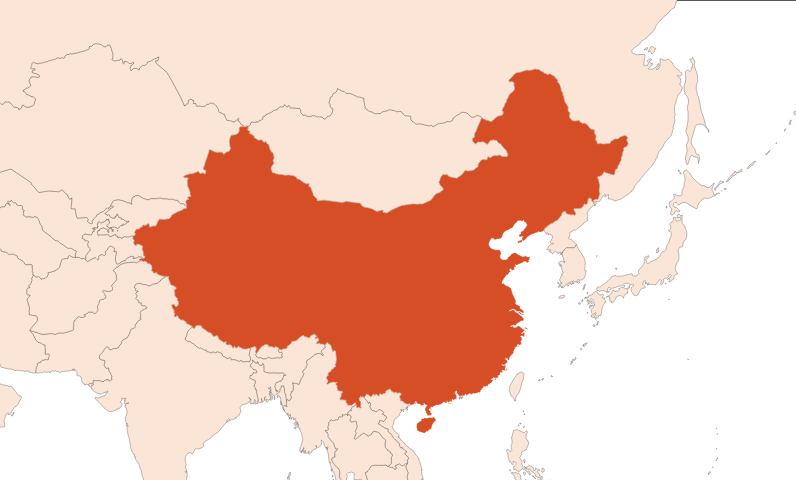
Do you sell any of the raw materials? Would you like to let our users know?
Send an email to fournisseurs@scentree.coto learn about our advertising opportunities.
Do you sell any of the raw materials? Would you like to let our users know?
Send an email to fournisseurs@scentree.coto learn about our advertising opportunities.
General Presentation
-
CAS N° :
85085-29-6 // 1159574-01-2 -
EINECS number :
285-360-9 -
FEMA number :
Donnée indisponible.
-
Volatility :
Base -
Price Range :
€€€
Physico chemical properties
-
Appearance :
Amber liquid -
Density :
-
Refractive Index @20°C :
Data not available. -
Optical rotation :
-
Vapor pressure :
Data not available. -
Flash Point :
Data not available. -
Acid Value :
Botanical informations
Botanical name :
Cupressus funebris Endl.
Synonyms : Callitropsis funebris (Endl.) de Laub. & Husby // Chamaecyparis funebris (Endl.) Franco
Botanical profile :
Chinese cedarwood belong to the Cupressaceae family and the genus Cupressus L.
Chemotypes :
The genus Cupressus L. includes several other plants used in perfumery:
Cupressus funebris L.: Cedarwood China oil / Cedarwood China leaf oil.
Cupressus sempervirens L. : Cypress oil
Extractions & Uses
Extraction process :
The chinese cedar or Chinese cypress, can reach up to 35 meters high. Its trunk diameter can reach 2 meters, making it quite imposing for a cypress. The propagation of a Chinese cypress crop can be done by cuttings but is usually done naturally because it is a rather invasive species.
In culture, the trunk is cut and crushed before its extraction. After a steam distillation, under pressure and for several hours, the essential oil is collected in an essencier by decantation of the water.
Uses in perfumery :
Used as a trace in woody, dry notes, in men's perfumes to give a dry and smoky effect.
Stability :
The terpenes identified in this raw material can polymerize when they are oxidized
Solubility issues in perfumes
Major Components :
- Thujopsene
- Alpha-cedrene (≈20%)
- Beta-cedrene (≈6%)
- Cedrol
- Cuparene

Photo credits: ScenTree SAS
Other comments :
This tree is called cedar but is actually part of the cypress family.
Chinese cedar is considered a poor quality cedar because of its smoky note. It is also one of the cheapest cedars as it contains very little cedrol.
The identification of Cedrene and Cedrol in a significative quantity in a perfume GC/MS analysis can help identify the presence of a cedarwood oil
Regulations & IFRA
Allergens :
This ingredient does not contain any allergen.
IFRA 51th :
This ingredient is restricted by the 51th amendment
Annexe I :
Some regulated synthetic ingredients are found in nature and in certain proportions in natural ingredients. This presence in nature has to be taken into account when calculating limits of use recommended by the IFRA. In case you do not know these concentrations, you can use the ones estimated by the IFRA. Here they are :
| List of regulated compounds contained in this ingredient | ||
|---|---|---|
| Regulated ingredient name | CAS N° | Estimated Concentration |
| alpha-Cedrene | 469-61-4 | 19,1 |
| alpha-Bisabolol | 515-69-5 | 0,6 |
| beta-Cedrene | 546-28-1 | 6 |

